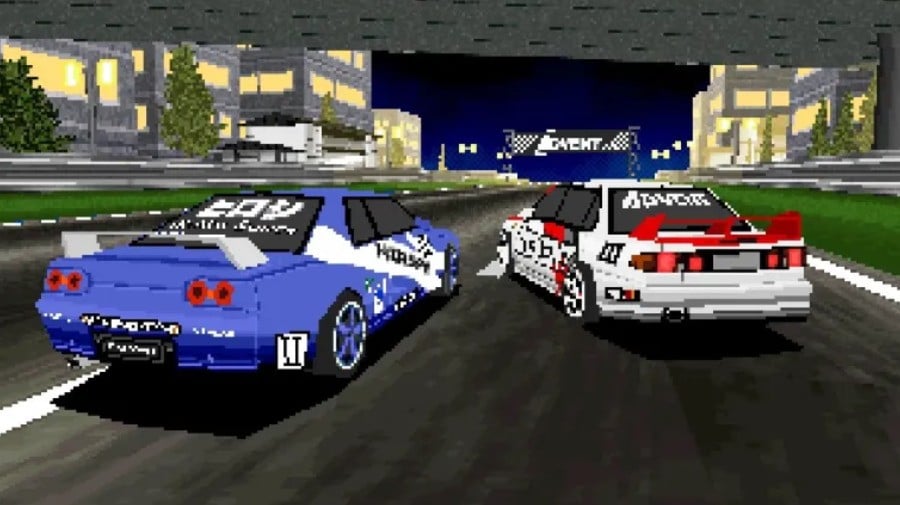
Back when Saturn was fighting with PS1 for market share, there were many people who considered the console's 3D powers to be lacking, so much so that an entire narrative emerged that Sega's machine was far weaker than Sony's.
Fast-forward to the present, and not only is that viewpoint thankfully being challenged, we're also seeing developers ape Saturn's look for modern games, such as Parking Garage Rally Circuit.
It seems that a new indie studio is going one better by creating an entire game framework which is bound by the limitations of Saturn's architecture, yet runs in Unity.
The studio is known as Advent Softworks and is run by two people: Joel Boto and Daniel Sato. Between the two of them, they have created PROJECT S, a framework of tools and shaders which faithfully replicates the visuals and performance of Saturn.
The first project to utilise this system is LINEAR S, and Sato has been talking to the excellent folks over at Sega Saturn Shiro about the project:
"PROJECT S was difficult to develop because it meant reconstructing a 30-year-old console based on our interpretation of its technical characteristics… all within a modern engine. And, at times, making those concepts work together for the sake of practicality. There’s a fairly common understanding of what a PlayStation or a Nintendo 64 game looks and feels like—but the Sega Saturn… is still something of a mystery. At the same time, it’s a deeply beloved console, with incredibly loyal fans who’ve spent the last 30 years gathering information about the system. We’ve learned a lot from that body of knowledge."
Sato explains that the inspiration for LINEAR S didn't come from '90s classics like Daytona USA or Ridge Racer but from playing Saturn games like Panzer Dragoon Zwei and Virtual On in order to "deeply understand the strengths" of Sega's 32-bit console:
"I was fascinated by how they combined VDP1 and VDP2 to create a sense of depth and scale. Then, while playing Neo Drift Out, I had my first real idea: an arcade drift racer where the cars are rendered in 3D (with a camera placed behind the vehicle) and the track itself runs over a VDP2 plane. That concept was dropped fairly quickly, though—the first tests didn’t give me the results I had hoped for. So we pivoted toward something more conventional, drawing from more familiar references like Daytona USA, Ridge Racer, and Side by Side. I really wanted drifting to be accessible with a single button, and when I implemented the handbrake sound, I thought—wouldn’t it be awesome to feel like you’re fully in control of the car? Like in Initial D!"
The current plan is to bring the game to PC, but could we eventually see LINEAR S on a real Saturn console? Sato says we shouldn't get our hopes up just yet, but it might be possible to port at least some of the game to the machine that inspired it:
"I’m not very familiar with the current tools used for Sega Saturn development, but to be completely honest: a port of LINEAR S to actual Saturn hardware would require a deep reprogramming effort. Some of the core algorithms and design concepts might survive the transition, but a lot would need to be reworked to fit Saturn’s unique architecture. That said, from a performance standpoint, I’m fairly confident that with a proper rewrite, the Sega Saturn could handle LINEAR S, and without major compromises. But it’s not something we currently have planned. Still, on a personal level, I’d love to eventually explore how much of LINEAR S I can get running on real Saturn hardware, just to see it move. And if I ever manage that… you can bet I’ll share it."
Be sure to check out the full interview here.
